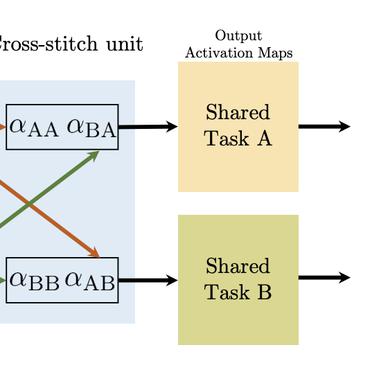EdgeStereo: An Effective Multi-Task Learning Network for Stereo Matching and Edge Detection
Recently, leveraging on the development of end-to-end convolutional neural networks (CNNs), deep stereo matching networks have achieved remarkable performance far exceeding traditional approaches. However, state-of-the-art stereo frameworks still have difficulties at finding correct correspondences in texture-less regions, detailed structures, small objects and near boundaries, which could be alleviated by geometric clues such as edge contours and corresponding constraints. To improve the quality of disparity estimates in these challenging areas, we propose an effective multi-task learning network, EdgeStereo, composed of a disparity estimation branch and an edge detection branch, which enables end-to-end predictions of both disparity map and edge map. To effectively incorporate edge cues, we propose the edge-aware smoothness loss and edge feature embedding for inter-task interactions. It is demonstrated that based on our unified model, edge detection task and stereo matching task can promote each other. In addition, we design a compact module called residual pyramid to replace the commonly-used multi-stage cascaded structures or 3-D convolution based regularization modules in current stereo matching networks. By the time of the paper submission, EdgeStereo achieves state-of-art performance on the FlyingThings3D dataset, KITTI 2012 and KITTI 2015 stereo benchmarks, outperforming other published stereo matching methods by a noteworthy margin. EdgeStereo also achieves comparable generalization performance for disparity estimation because of the incorporation of edge cues.
PDF Abstract



 ImageNet
ImageNet
 Cityscapes
Cityscapes
 KITTI
KITTI
 BSDS500
BSDS500
 FlyingThings3D
FlyingThings3D
 Middlebury
Middlebury
 Middlebury 2014
Middlebury 2014